Plant lovers’ trip – Tenerife
February and March 2018
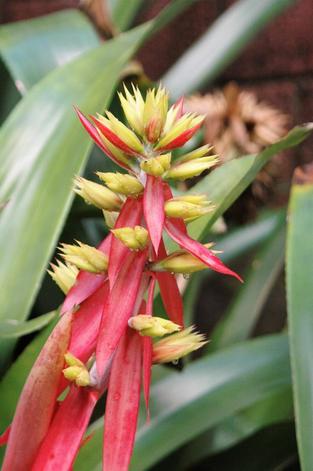
Aechmea aquilegia
Journal
Twenty members visited Tenerife. Oron Peri was our botanical guide.
Sunday 25 February – Arrived in Tenerife to heavy rain and severe winds.
Due to the storm, members’ flights from the UK, Spain and Italy were delayed and we weren’t all united with luggage and each other until the following afternoon. Those from the UK met at 10pm and, after an hour or so’s journey, we were all thankful that a very late supper was waiting for us at our hotel, La Quinta Roja, in Garachico. It was nice to meet and chat to a few members but very quickly we all went to bed. It had been a long day.
Monday 26 February – warm, clear, sunny day with a cool breeze
Awoke feeling refreshed, despite the storm continuing through the night. The sun was shining and all memories of our delayed flights forgotten. After a hearty breakfast, including avocados grown in the garden of the owner of our hotel, Paloma Moriana, we set off for Puerto de la Cruz.
En route, we got our first glimpse of the snow-capped Teide through the minibus window. We marvelled at how clean the whole island seemed and how well maintained the pothole-less roads were.
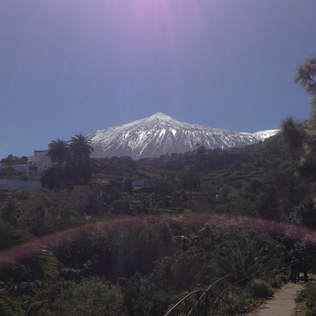
Mount Tiede
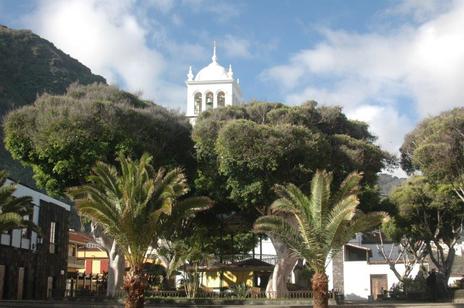
Garachico town square
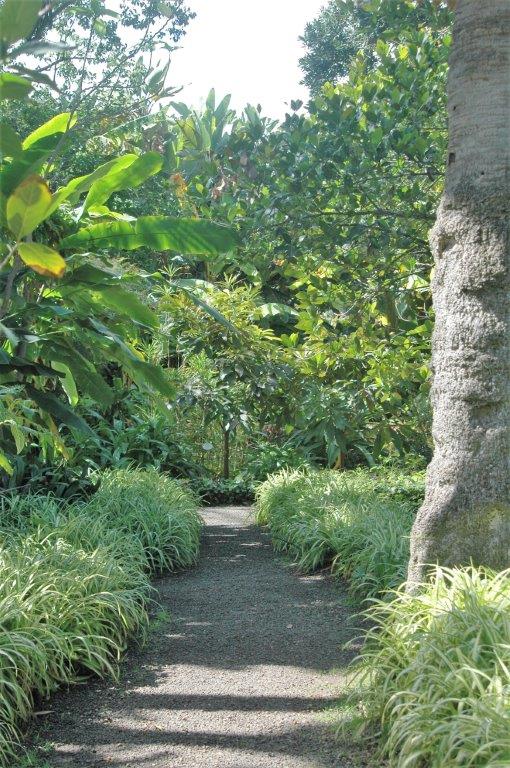
Jardin de Aclimatación de la Orotava
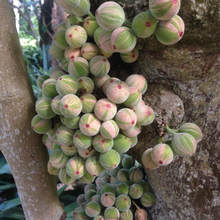
Ficus aspera, delighting in its common name, Clown Fig
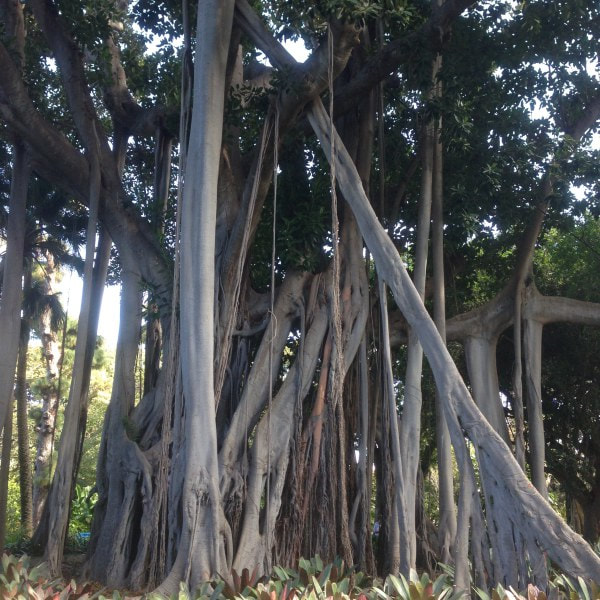
Ficus microphylla f. columnaris both impressive and imposing
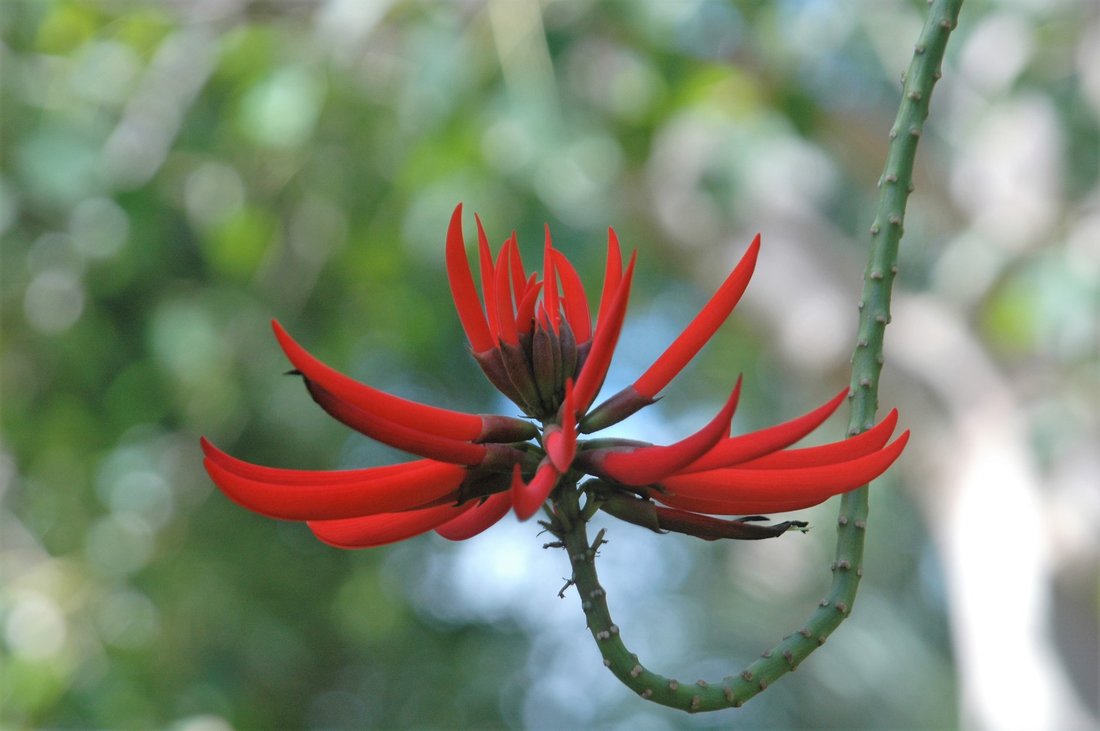
Erythrina speciosa
Our first stop was the Botanic Garden in Puerto de la Cruz, confusingly known originally as the Jardín de Aclimatación de la Orotava. This garden was built in 1788 as a place suitable to acclimatise plants found in the tropics. It holds significant collections of tropical and subtropical plants of both economic and ornamental value. Some trees are of particular interest due to their size, age, rarity or origins in remote places. The garden is currently involved in several research programmes related to the preservation of endemic species.
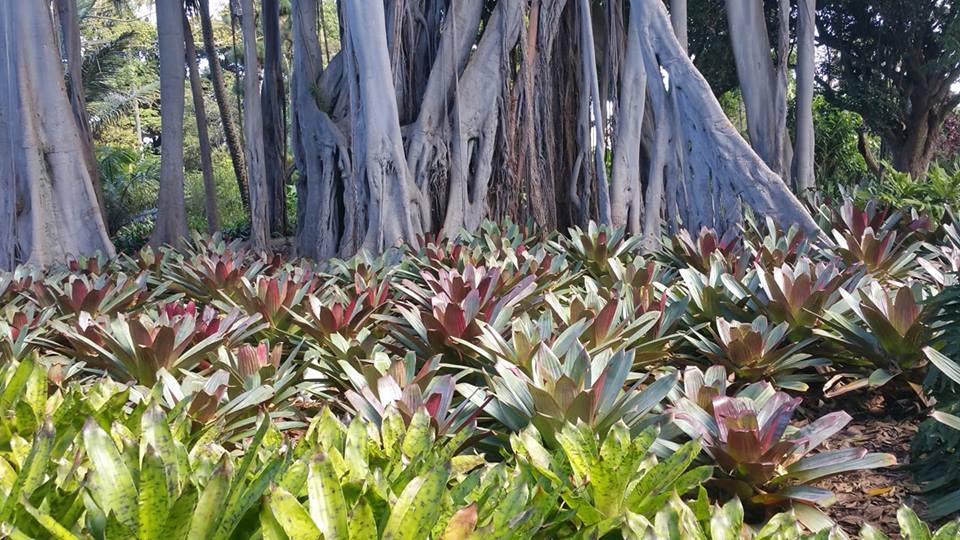
Alcantarea imperialis
Ficus microphylla f. columnaris dominated one part of the garden supported by huge aerial roots forming additional trunks with a carpet of Alcantarea imperialis, a bromeliad, forming an impressive ground cover in the shade of the huge tree.
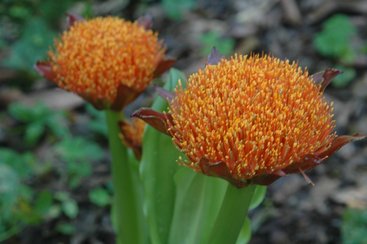
Scadoxus puniceus
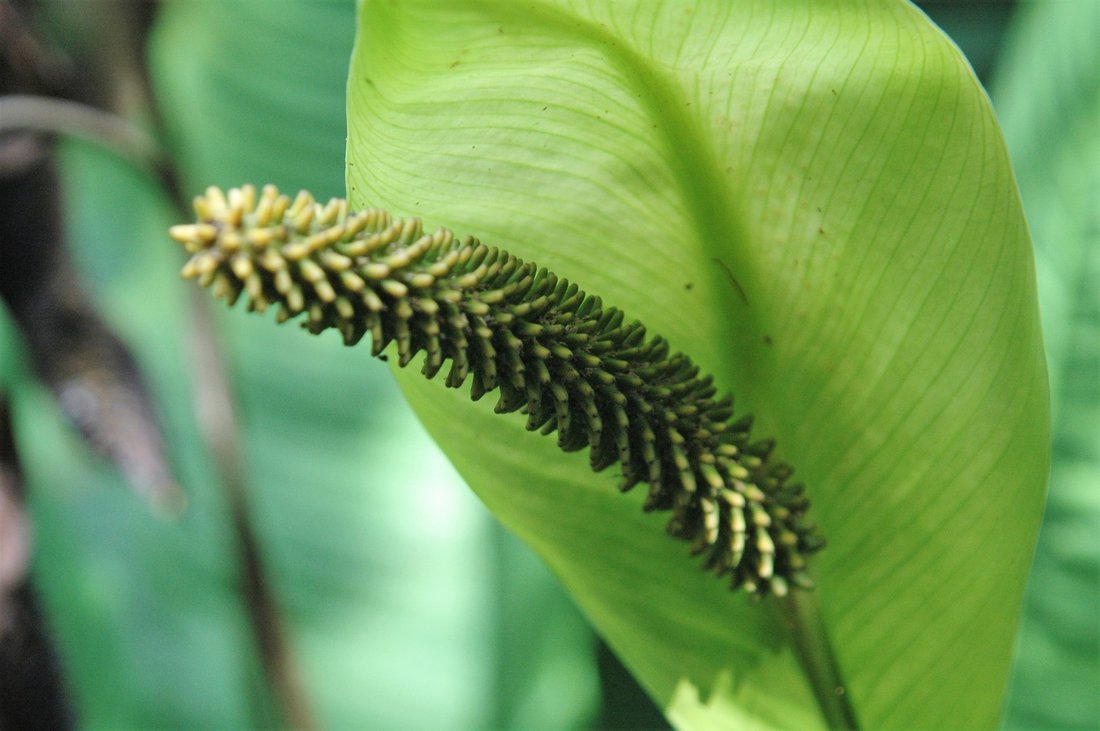
Spathiphyllum blandum
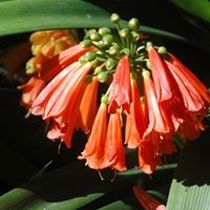
Clivia cyrtanthiflora
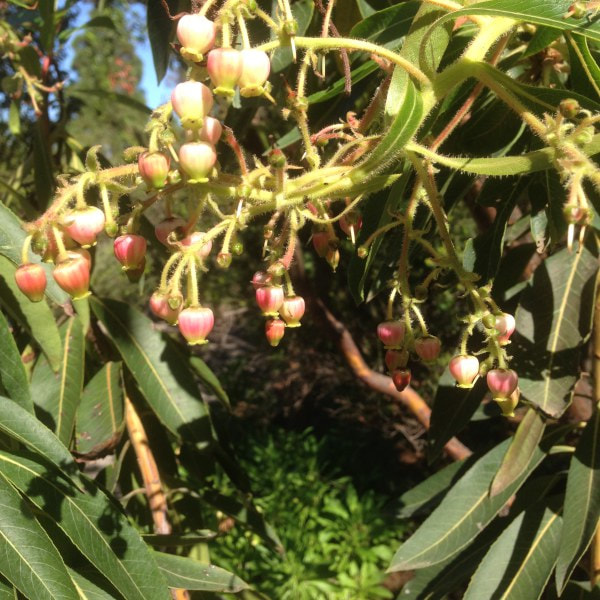
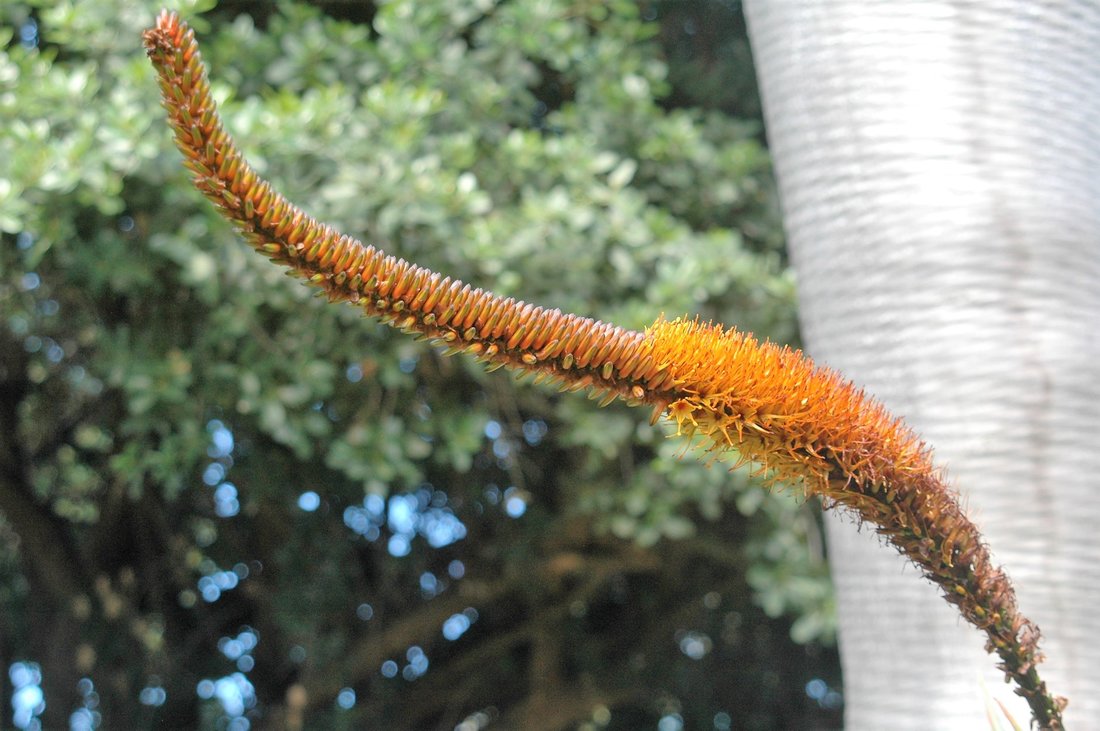
Aloe castanea
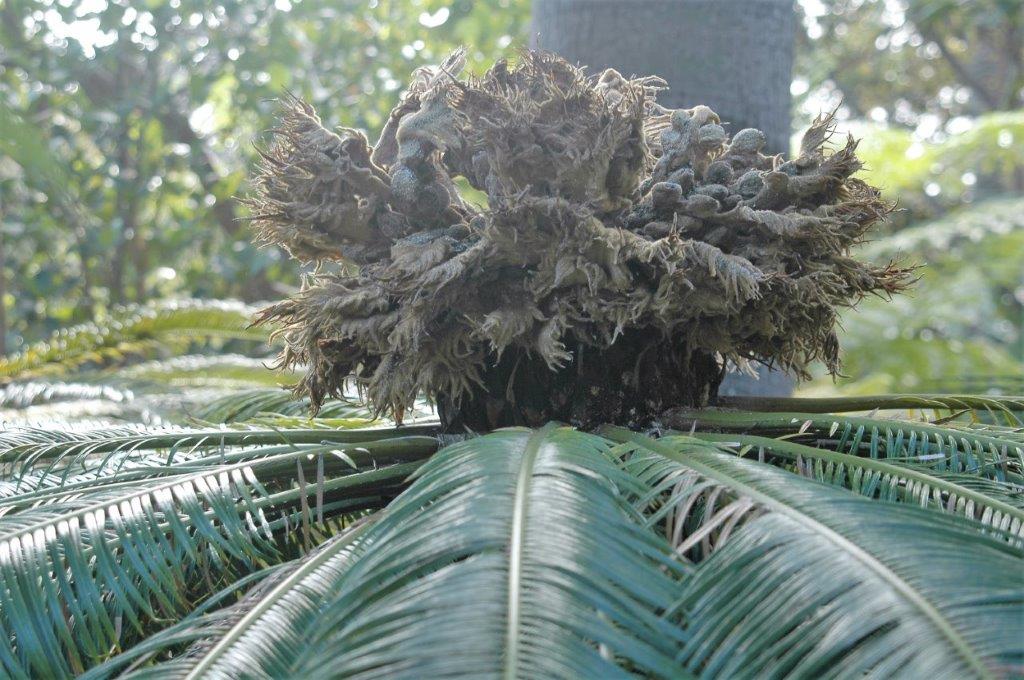
Cycas revoluta
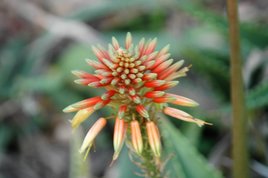
Aloe x delaetii
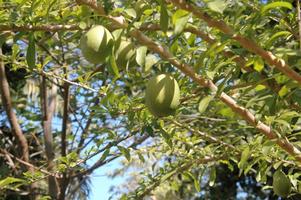
Mammea americana
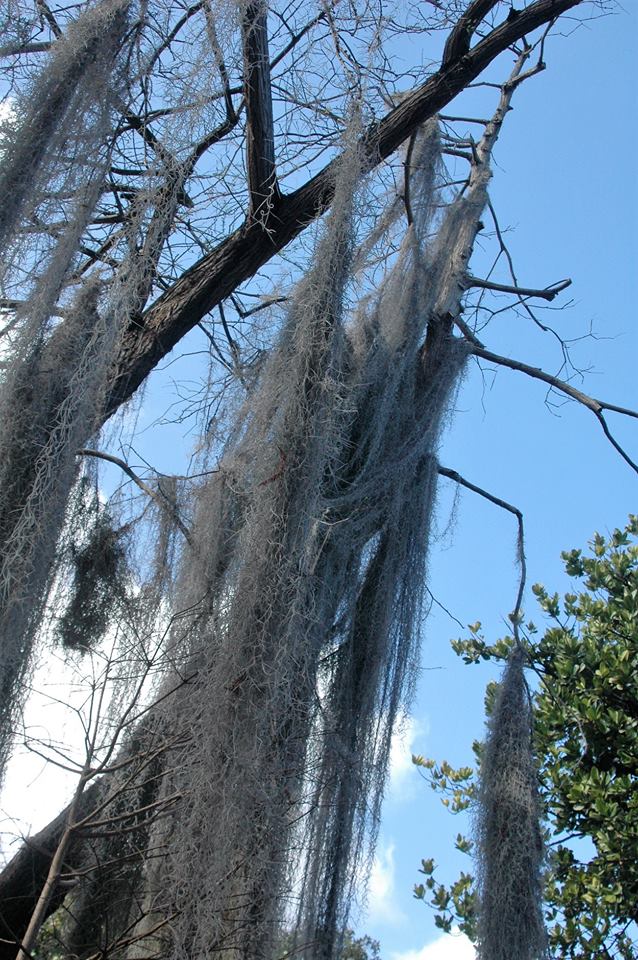
Tillandsia usneoides
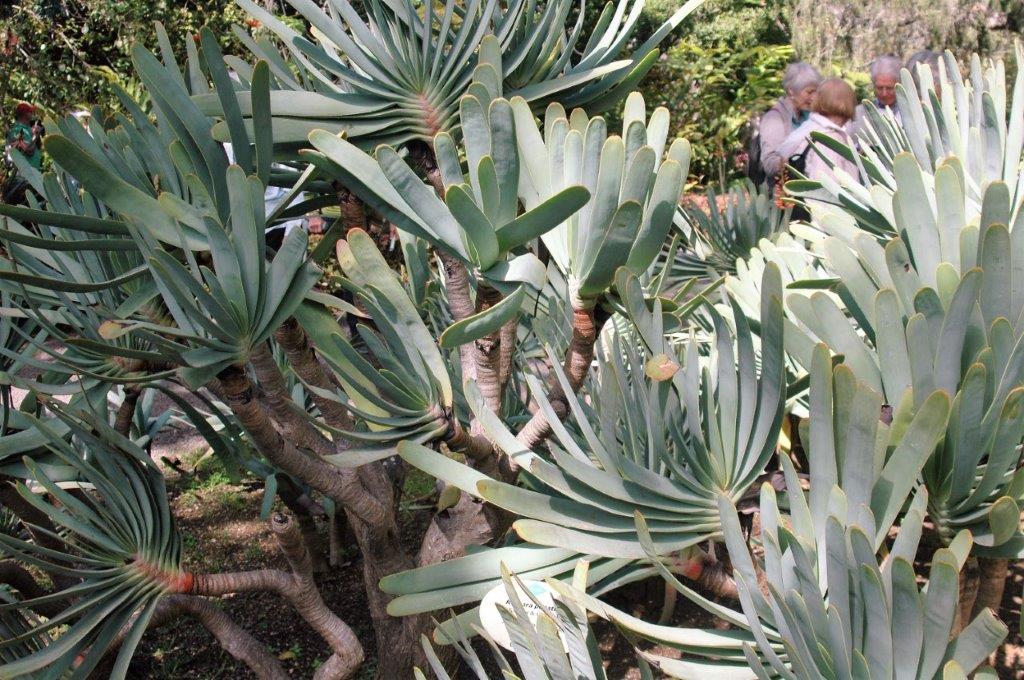
Kumara plicatilis
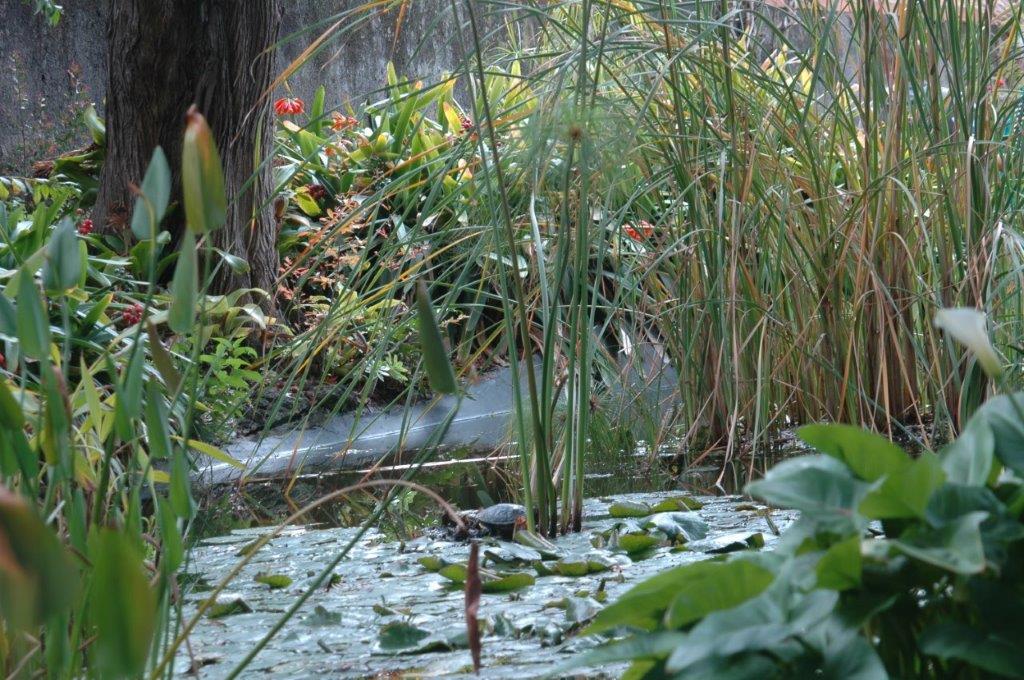
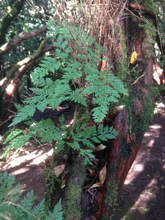
Davallia canariensis
After a substantial lunch, we visited the Jardines Hijuela del Botanico in La Orotava. Established in 1923, it is a small garden of approximately one acre, containing mainly subtropical plants. Dominating this garden was a mature specimen of Dracaena draco, the native dragon tree. Other natives and endemics were spread throughout this garden: Quercus canariensis, the native oak species; Arbutus canariensis the Canarian strawberry tree; Semele androgyne, a huge climbing relative of butcher’s broom (Ruscus aculeatus) both close relatives of asparagus, with highly adapted stems which look like leaves, Semele producing its flowers along the edge of the cladode (the flattened leaf-like stem).
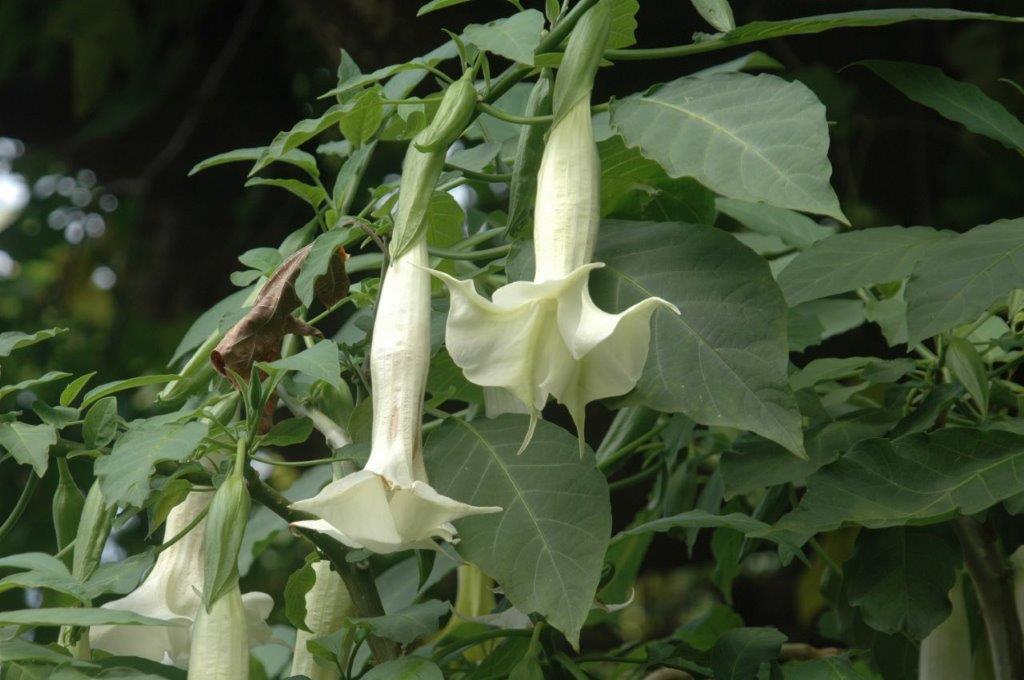
Brugmansia
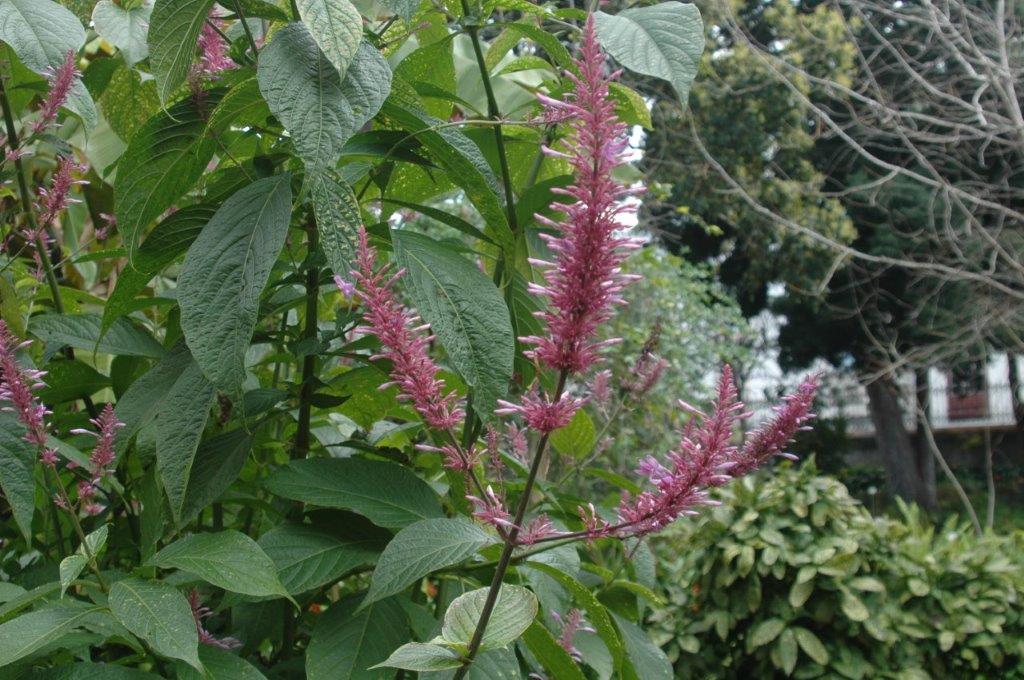
Odontonema callistachym
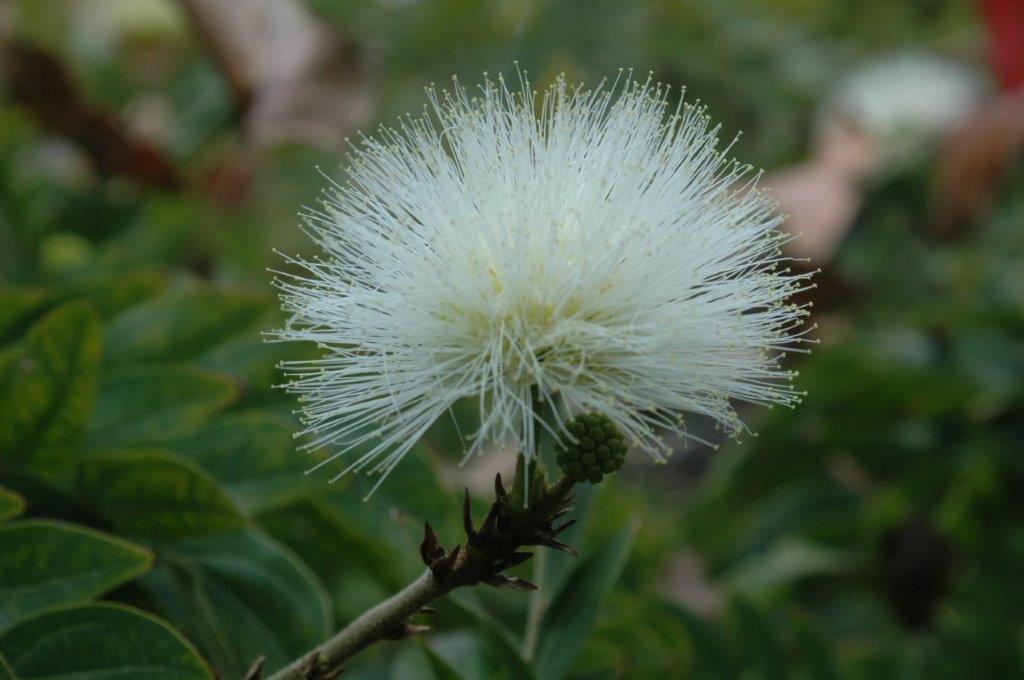
Calliandra haematocephala ‘alba’
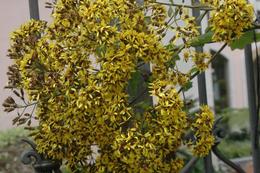
Roldana petasitis
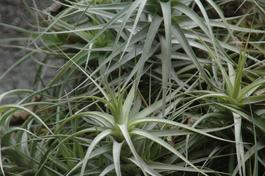
Tillandsia bergeri
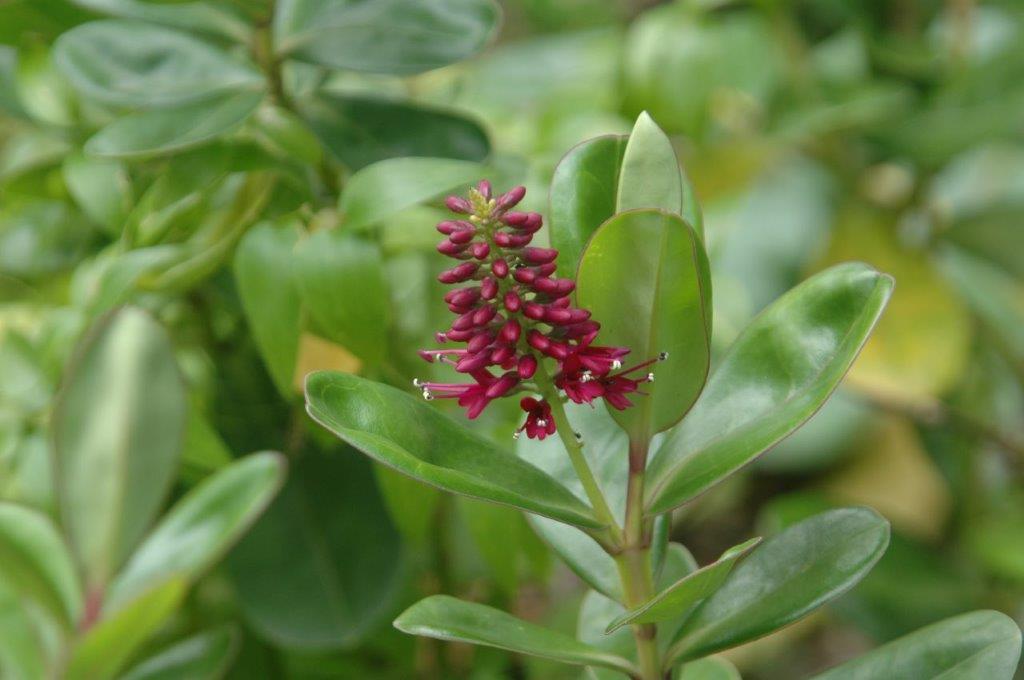
Hebe cv.
Tuesday 27 February – damp and cool, some rain.
We made the journey to Masca, a tiny hamlet hidden in the Teno Massif in the north-west of Tenerife. The impact of visiting Masca is as much in the journey to get there, as what greets you when you arrive. A narrow road winds up to a small pass, with switchback after switchback as it descends into what could easily be a “Jurassic Park”. It was an exhilarating drive with spectacular views, but no good for the vertigo-prone minibus passenger!
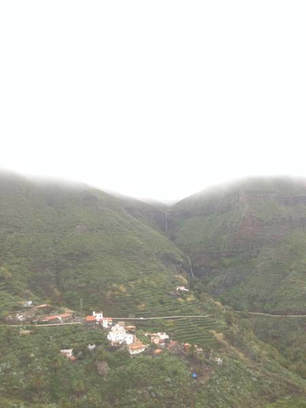
Bisecting the huge hills is a road, only recently tarmacked
We completed three short walks around different locations in and around Masca, spotting a variety of plants including: Echium bonettii, an annual species very similar to the closely related Echium platagineum which is common throughout the Mediterranean, Phoenix canariensis the endemic date palm, popular throughout the Mediterranean but sadly disappearing in places, due to the introduced red palm weevil. Canarina canariensis, a relative of Campanula, was prevalent along the roadside amongst lush vegetation, as were large numbers of various Aeonium, including Aeonium mascaense and A. urbicum.
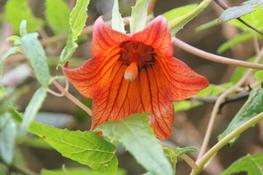
Roadside stunner: Canarina canariensis

Masca, view
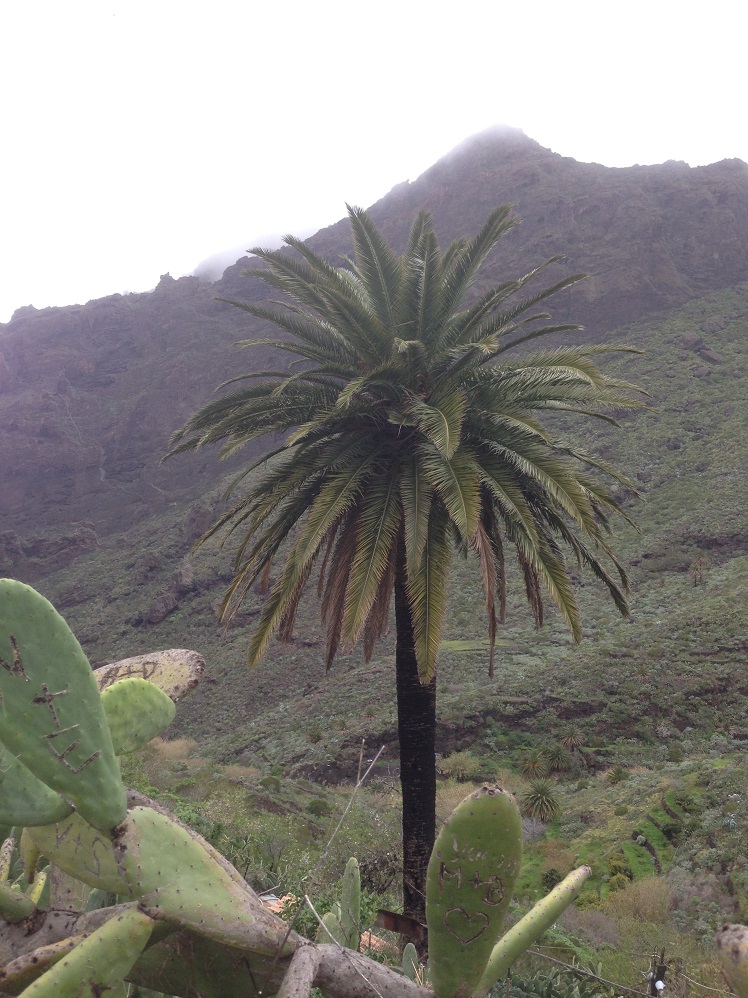
Palm reading: Phoenix canariensis
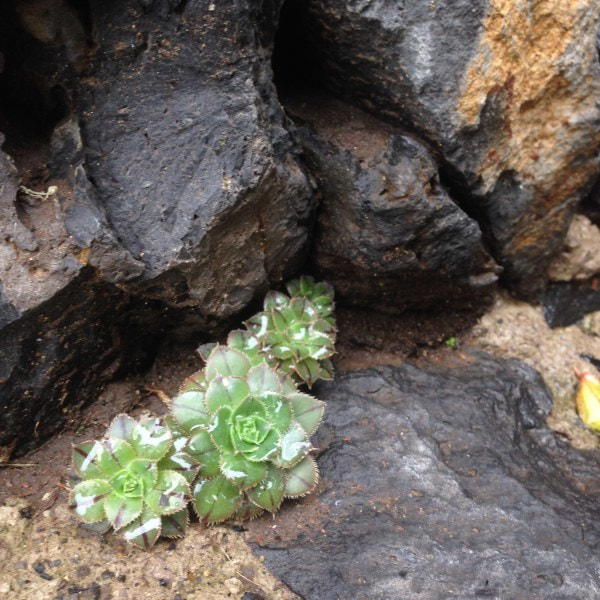
Aeonium mascaense fits snugly into any crevice
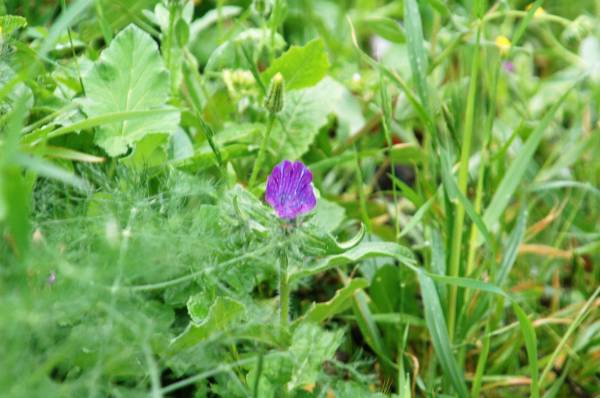
Echium bonettii
We next made our way to the most westerly tip of Tenerife, Punta de Teno, which lies within the protected area of Teno Country Park, one of the Island’s most important nature areas, spanning almost 200,000 acres. Due to the recent stormy weather, the winds here were so strong, it felt like the edge of the world. Plants here were more notably compact such as the introduced Opuntia dillenii with fierce spines and covered in reddish fruits. Euphorbia canariensis is native to all the Canary Islands but common in the drier areas of Tenerife. It is distinctive, with upright, cactus-like stems forming large mounds.
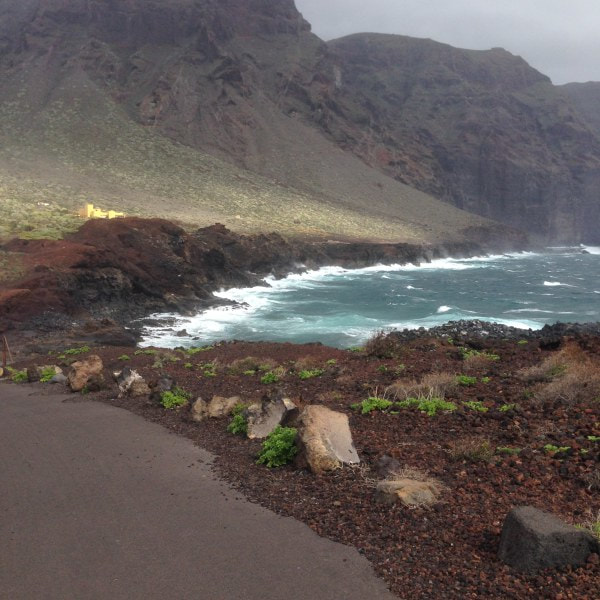
Teno – the edge of the world, or so it felt
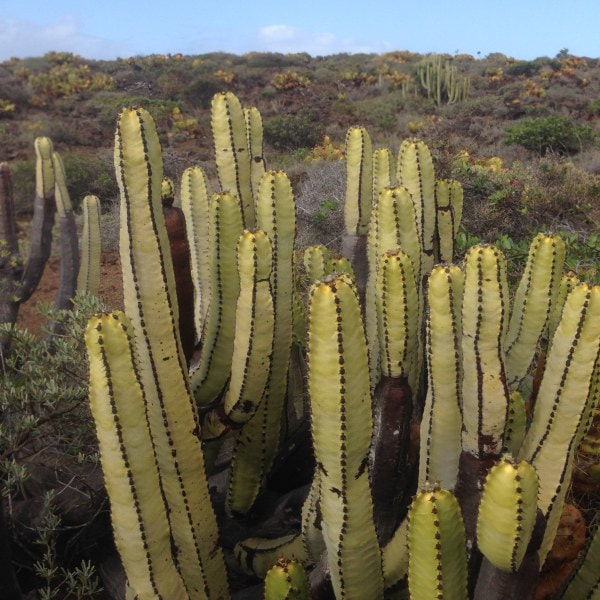
Euphorbia canariensis – very compact in this exposed area
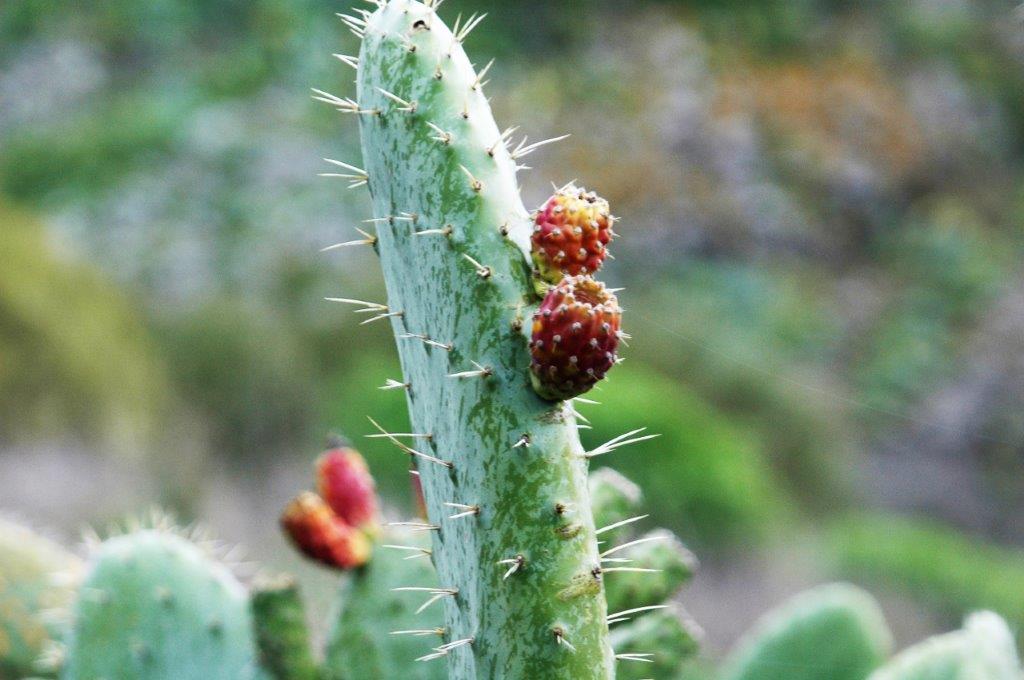
Opuntia dillenii
Wednesday 28 February – a huge amount of rain cleared up before breakfast leaving us a warm, clear, bright day.
We journeyed to Anaga, a subtropical laurel forest in the north-east of the island. It has survived since the Tertiary Period, 65 million years ago, due to the area’s high humidity and relatively stable, mild temperatures. We completed a round walk through the forest and observed a number of endemic species such as Erica arborea which dominated the tree canopy while Hedera canariensis was creeping along the forest floor.
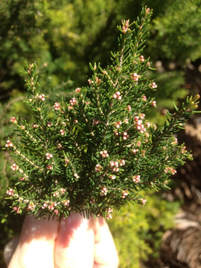
Erica arborea in bud
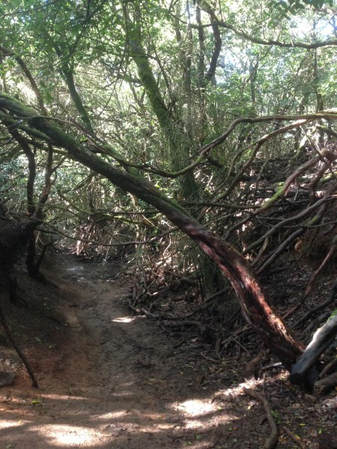
Look out: recent heavy rainfall evident throughout the forest
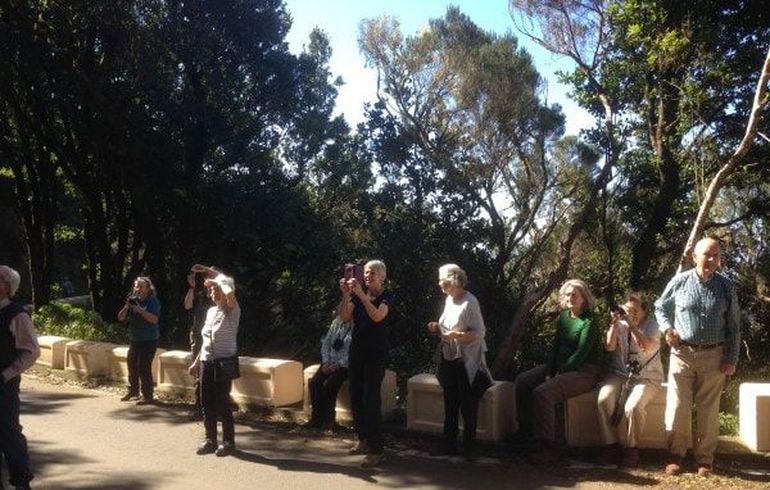
Paparazzi: Woodwardia radicans attracted attention from all members
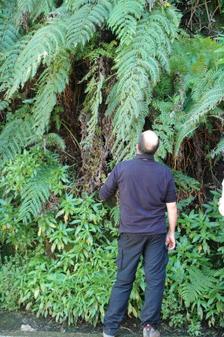
Oron with Woodwardia radicans
On the return journey, after lunch in a restaurant beside the sea at Roque de los Bodegas, we stopped to admire and photograph a large colony of the fern Woodwardia radicans along a damp, north-facing bank by the roadside. Many of the fronds were over a meter long with bulbils at their tips. These baby ferns will root when the frond touches the ground, giving the fern its common name, chain fern. Further along the road was Echium virescens with its soft bluish flower just starting to open and, under the dense shade of the ridge, was a small Gennaria diphylla, orchid.
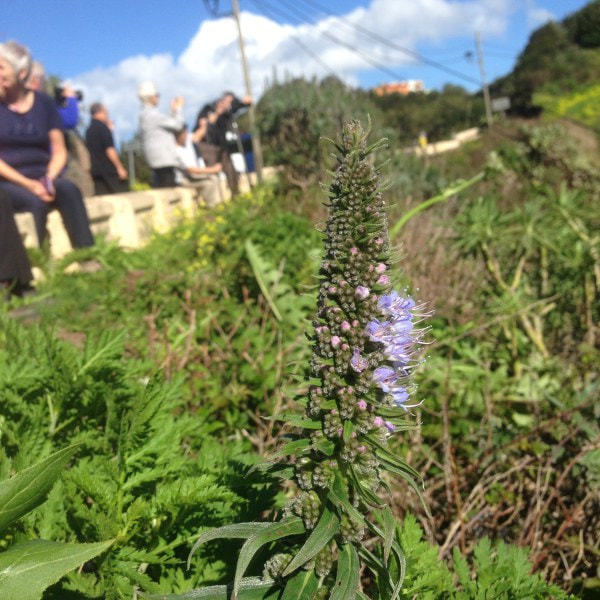
Early bloomer: Echium virescens
That evening there was a further storm and the authorities closed the road along the beach in Garachico, so the restaurant on the sea front where we were to have had dinner served the food in our hotel. Paloma told us the history of La Quinta Roja and how it came to be her family’s hotel.
Thursday 1 March – warm and sunny.
After packing up our rooms, we visited Parque del Drago to see the famous “thousand-year-old dragon” (Dracaena draco canariensis). This tree is considered the oldest specimen on the island and, at 16 metres tall and 20 metres around the base, is an impressive example, even if it is only 800 years old!
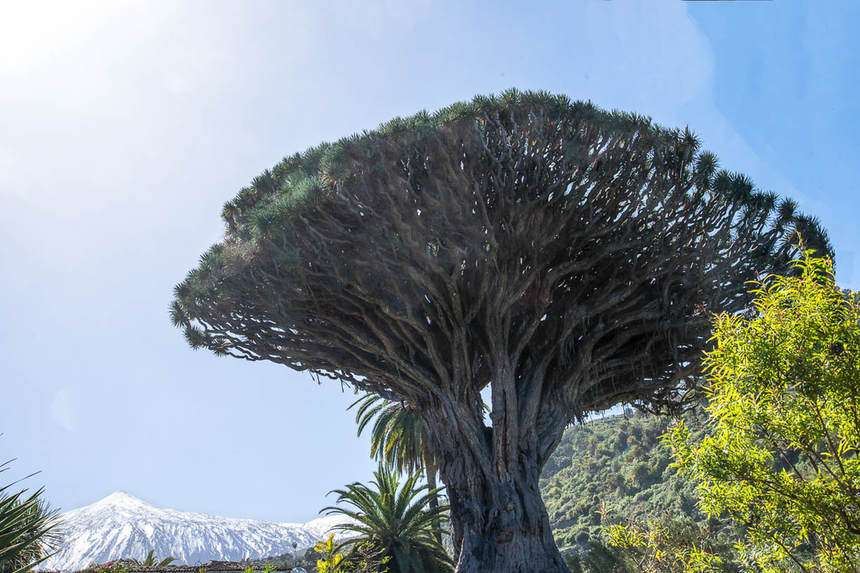
The fantastic Dracaena draco canariensis, Parque del Drago – BC
Surrounded by endemic species this garden offered some of the best Teide views of the trip. Plants included Sonchus congestus, which we had observed widespread in the wild too and Arbutus canariensis which is now listed as “near threatened” on the IUCN Red List of Threatened Species. Populations have stabilised due to high levels of protection.
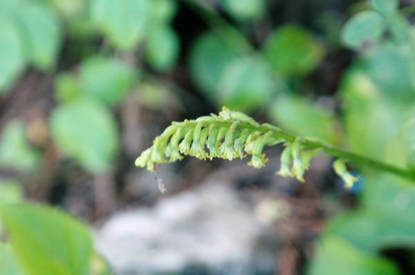
Gennaria diphylla
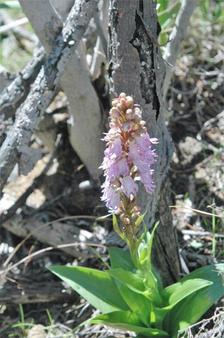
The very rare Himantoglossum metlesicsianum
Afterwards we enjoyed a picnic by the roadside, and found a few more specimens of the green orchid, Gennaria diphylla.
We then drove up into Teide national park. and our guide, Oron, found the spot where he had previously recorded the orchid Himantoglossum metlesicsianum. This species is entirely confined to Tenerife and, consequently, is a very rare plant. It lives in a curious environment amongst the lava channels and rubble and, as such, is impossible to confuse with any other orchid. The ground was very steep and loose underfoot. Cautiously, we followed Oron, hoping the recent storms had not ruined the inflorescences. With relative ease Oron found the plants again. They were all still in fantastic condition.
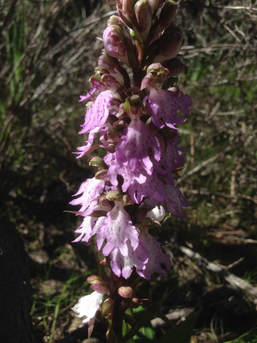
… and another
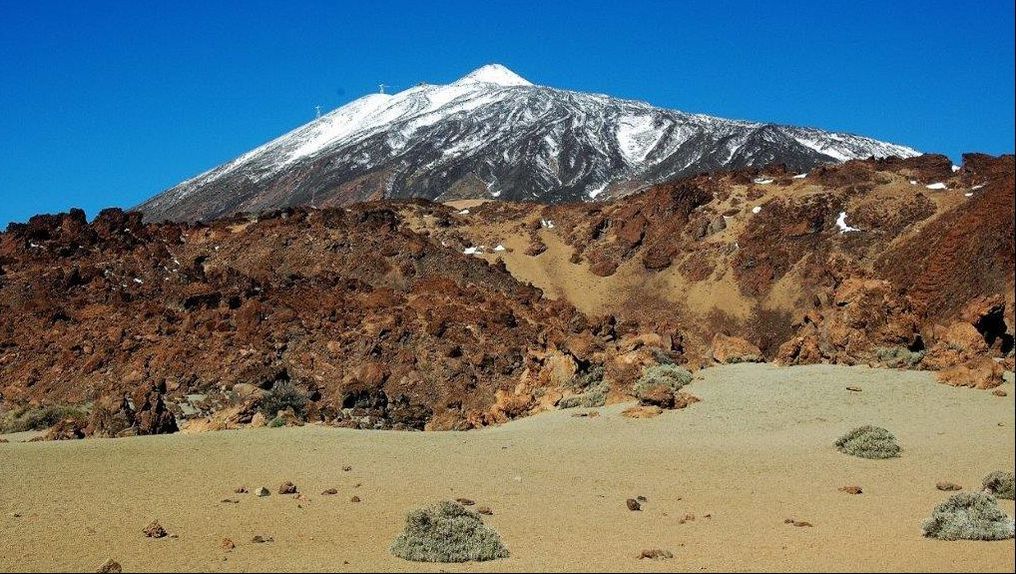
Teide National Park – Mount Teide 3,718 metres of natural beauty
Friday 2 March – cold, damp start in the morning gave way to a warm, clear afternoon
We travelled high up, into Teide National Park. The air was drier and the temperatures more variable with large, regular patches of snow on the ground. There is also increased solar radiation and it is much colder than the lower areas but also, strangely, a desert-like landscape. These are the weather conditions in which the pine forest grows in Tenerife, at an altitude up to 2000m. We stopped at several locations along the roadside, within the area of the Corona Forest Natural Park, to hunt for plants. However, this ecosystem is relatively poor in terms of flora; there is only one species of tree, Pinus canariensis, the Canary Pine which has an unusual feature amongst pines, allowing its trunk to regenerate after fires sprouting new, fresh growth. A few bushes and shrubs were also observed, including brooms and rock roses.
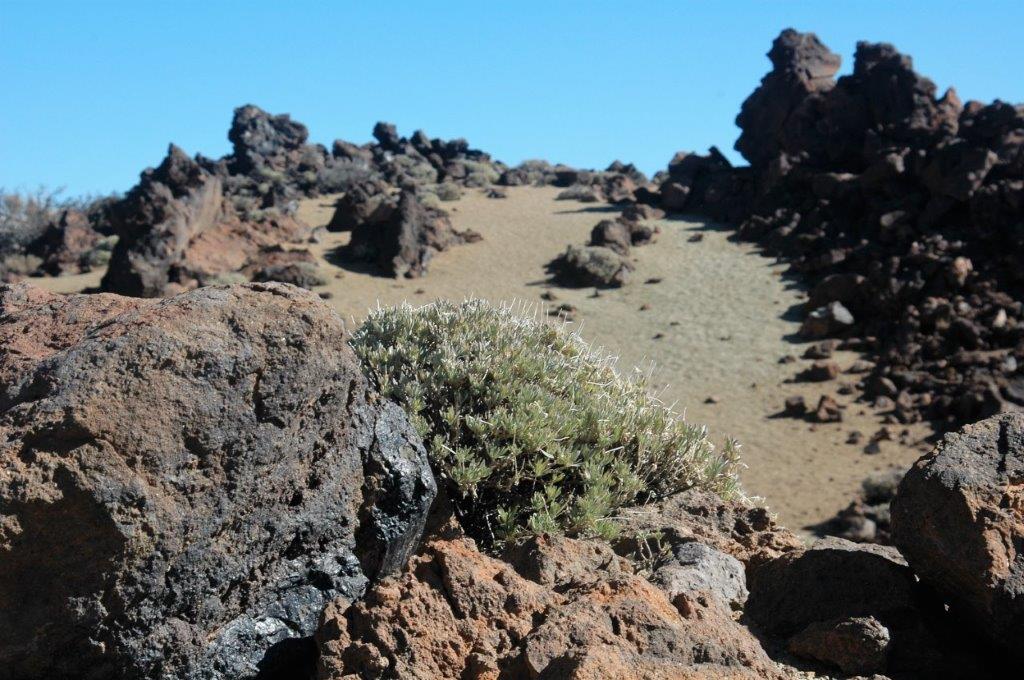
Desert-like landscape
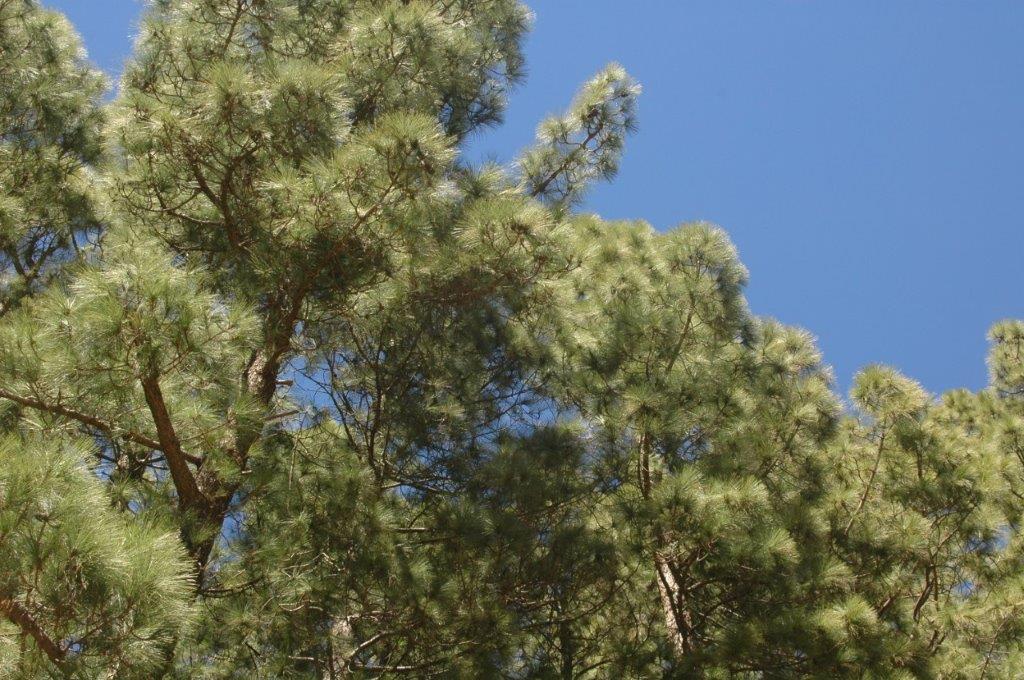
Pinus canariensis forest
Whilst travelling to Montaña de Guaza, the introduced Californian poppy Eschscholzia californica was spotted by the roadside. Montaña de Guaza was intended to be a national park on the southern tip of the island but has been taken over by developers and building encroachment. Pollution and littering were sadly all too evident in this area. Having said that, we had a fantastic late afternoon wander. This habitat was dominated by three species: Euphorbia balsamifera, which was just showing signs of coming into growth, E. canariensis and Kleinia neriifolia. Our walk ended right at the seafront at Palm Mar.
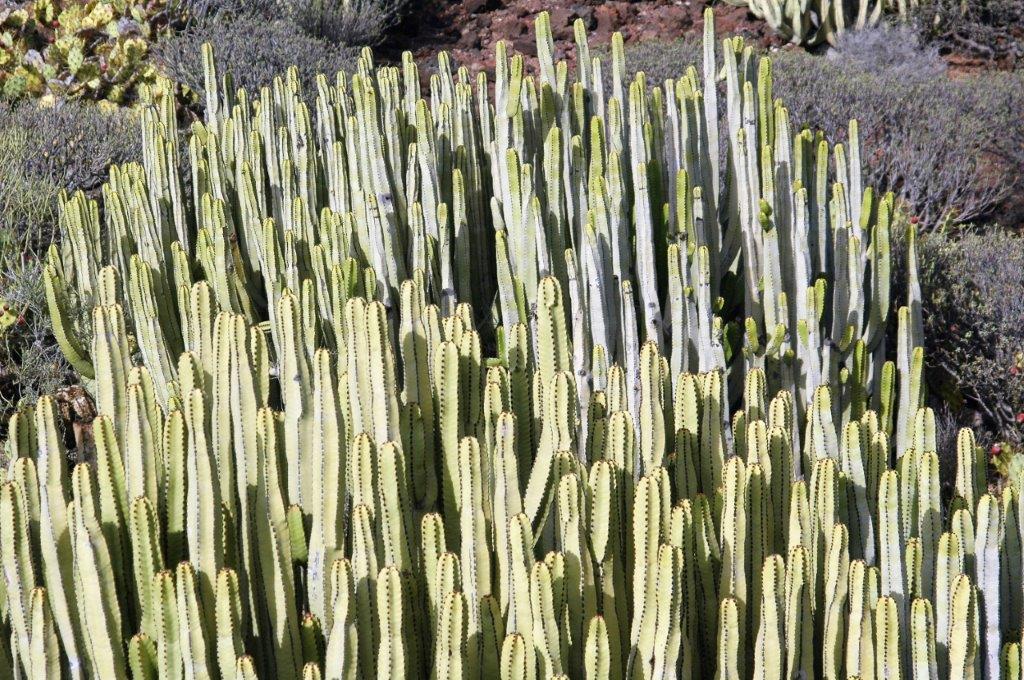
Euphorbia canariensis
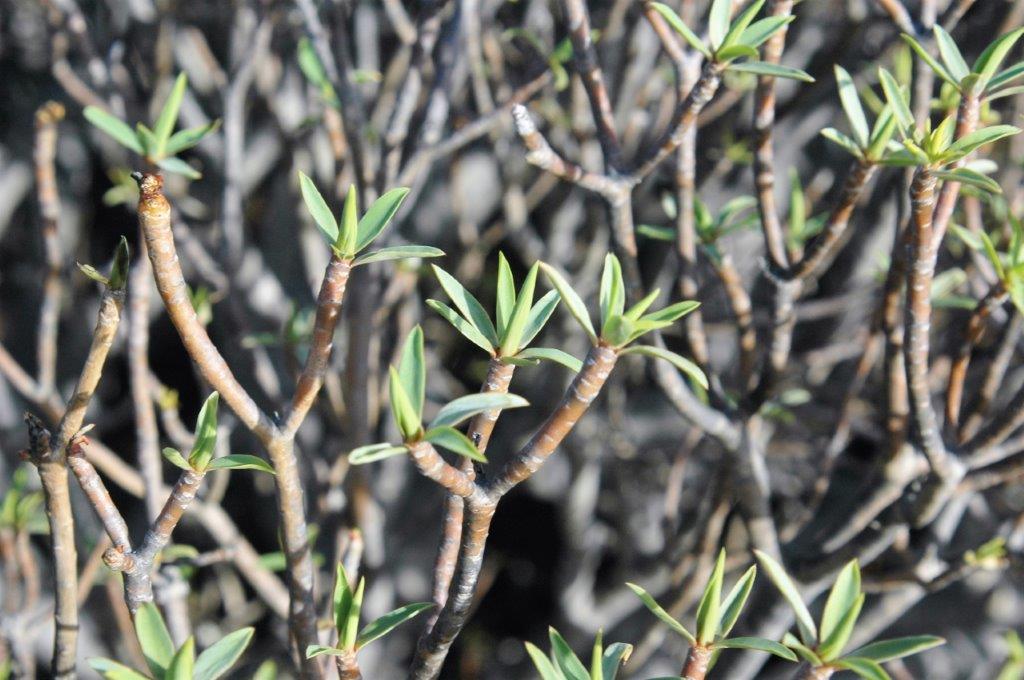
Euphorbia balsamifera
Saturday 3 March – warm and sunny, although heavy rain was predicted all over the island.
We travelled to Tenerife’s capital, Puerto de la Cruz and visited the Museum of Nature and Man, showcasing the natural history of the island and human colonisation, followed by an excellent leisurely lunch at a local restaurant where we ate outdoors as the temperature was very pleasant.
At this point I left the trip as I caught an earlier flight than everyone else. The rest of the group made one more stop in a small valley at Arafo. This area was swathed in Lavandula canariensis in full flower.
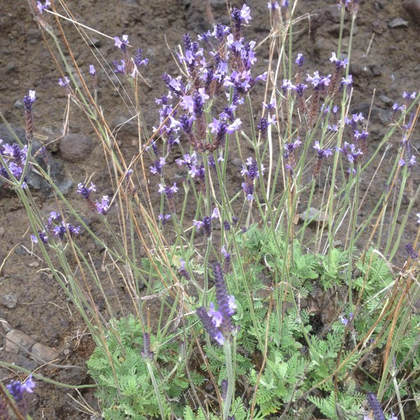
Lavandula canariensis
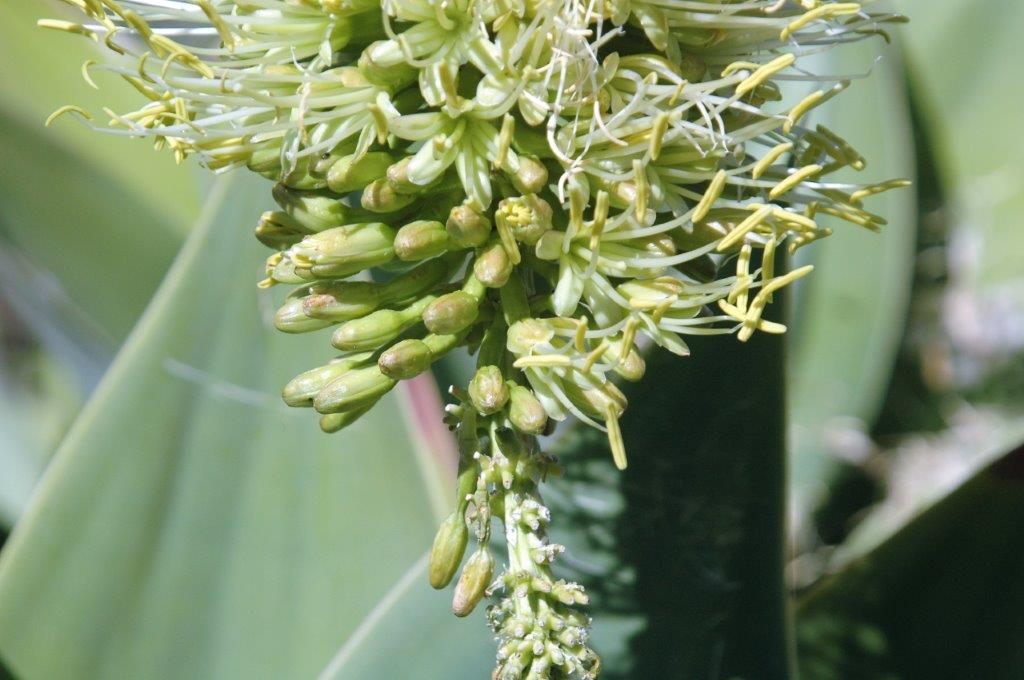
A. attenuata flower
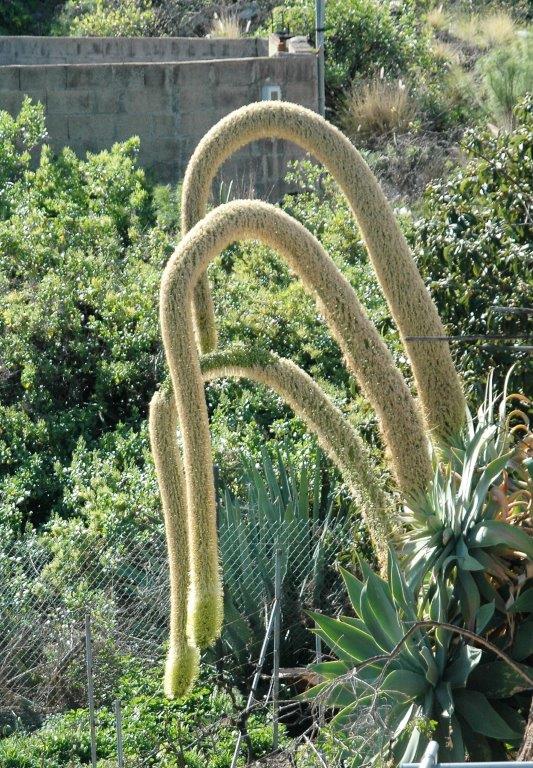
Agave attenuata
Acknowledgements
I would like to thank MPG for giving me the opportunity to join this trip, in particular Celia Jones for having given me her place on the trip when she was unable to attend and Heather Martin for thinking of me. Without the curious set of circumstances, my attendance on the trip would not have been possible and I am extremely humble and forever grateful.
I would also like to thank each member who attended the trip for their help, time and friendship.
I am currently studying a one-year specialism in display and nursery glass at Royal Botanic Gardens, Kew
Article by Kimberley Davison with additions from John Fielding
Photos: Brian Constable, Kimberley Davison, Lesley Whayman

